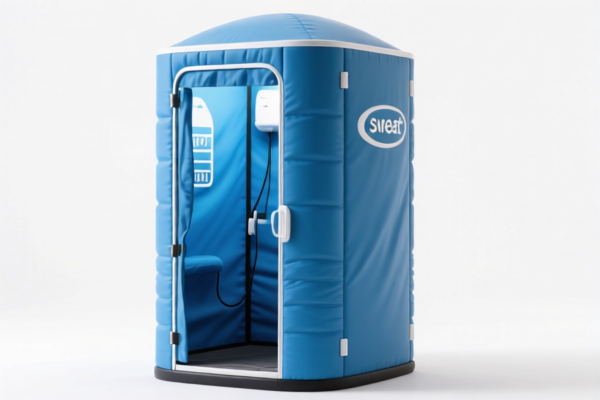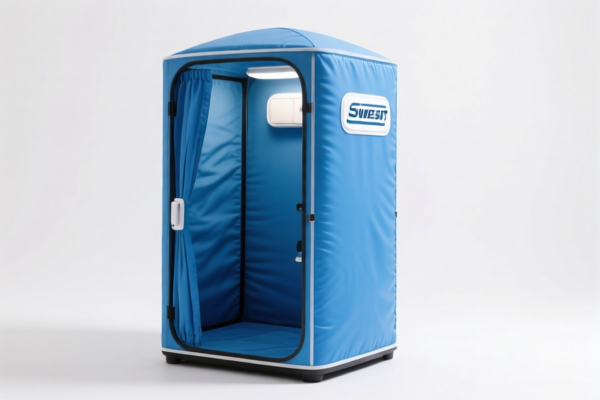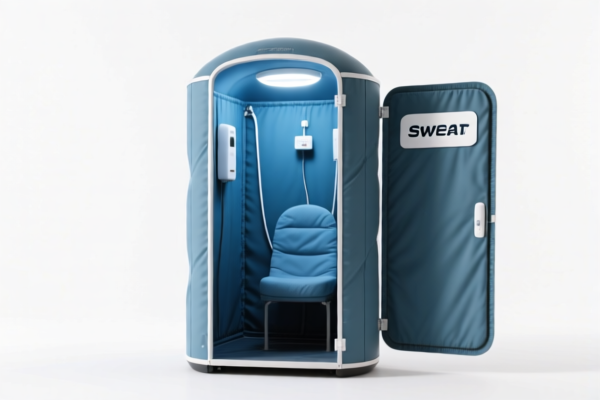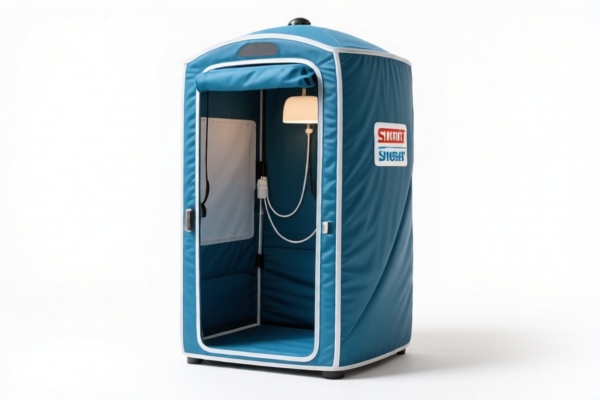| HS Code | Official Doc | Tariff Rate | Origin | Destination | Effective Date |
|---|---|---|---|---|---|
| 8424411000 | Doc | 55.0% | CN | US | 2025-05-12 |
| 8424490000 | Doc | 57.4% | CN | US | 2025-05-12 |
| 8487900080 | Doc | 83.9% | CN | US | 2025-05-12 |
| 8487900040 | Doc | 58.9% | CN | US | 2025-05-12 |




Portable Pressure Washer
A portable pressure washer is a self-contained cleaning device utilizing high-pressure water spray to remove dirt, grime, and other debris from surfaces. Unlike larger, stationary pressure washers, portable units are designed for ease of transport and operation in locations lacking access to electrical outlets or a continuous water supply.
Material
Portable pressure washers generally consist of the following key materials:
- Pump: Typically constructed from aluminum alloy for durability and weight reduction. Some lower-cost models utilize plastic pumps.
- Motor: Electric motors are most common, often induction motors for reliability. Gasoline-powered units employ internal combustion engines.
- Housing: High-density polyethylene (HDPE) plastic is frequently used for the outer casing, providing impact resistance and corrosion protection.
- Hoses & Fittings: Reinforced PVC or rubber hoses are standard, with brass or stainless steel fittings for connection security.
- Spray Wands & Nozzles: Brass, stainless steel, or durable plastic are common materials. Nozzles are often made of ceramic or hardened steel due to the high-pressure water flow.
- Water Tank: HDPE plastic is used for units with integrated water tanks.
Purpose
The primary purpose of a portable pressure washer is to provide a convenient and effective cleaning solution where traditional methods are impractical or insufficient. Common applications include:
- Vehicle Cleaning: Cars, trucks, motorcycles, boats, and RVs.
- Outdoor Furniture & Deck Cleaning: Removing dirt, mildew, and algae.
- Patio & Driveway Cleaning: Surface preparation for sealing or painting.
- Garden Equipment Cleaning: Lawnmowers, tractors, and tools.
- Spot Cleaning: Removing localized dirt or stains.
Function
Portable pressure washers function by:
- Water Intake: Drawing water from a source (bucket, tap, well, etc.). Units with integrated tanks use the stored water.
- Pump Operation: A pump, driven by an electric motor or gasoline engine, increases the water pressure significantly. Pressure is typically measured in pounds per square inch (PSI).
- Spray Delivery: High-pressure water is forced through a hose and a spray wand, exiting through a nozzle. Different nozzles create varying spray patterns and intensities.
- Cleaning Action: The high-pressure water stream dislodges dirt and debris from the surface being cleaned.
Usage Scenarios
- Remote Locations: Camping, cabins, or areas without electrical access.
- Limited Space: Apartments, balconies, or small yards.
- On-the-Go Cleaning: Washing vehicles at the beach or during travel.
- Quick Cleaning Tasks: Spot cleaning without the hassle of setting up a larger unit.
- Emergency Cleaning: Removing debris after storms or floods.
Common Types
- Electric Portable Pressure Washers: Powered by AC electricity. Generally quieter and more environmentally friendly. PSI typically ranges from 1500-2000.
- Gasoline Portable Pressure Washers: Powered by internal combustion engines. More powerful and suitable for heavy-duty tasks. PSI can range from 2000-4000 or higher.
- Battery-Powered Portable Pressure Washers: Increasingly common, offering cordless convenience. PSI is generally lower than electric or gas models (typically under 2000).
- Cold Water vs. Hot Water: Most portable units are cold water models. Hot water models are available but less common due to increased complexity and cost.
- Integrated Tank vs. External Water Source: Units with integrated tanks offer greater portability but have limited water capacity. External source models require access to a water supply.
Portable pressure washers fall under the category of mechanical appliances for projecting, dispersing or spraying liquids. Here's a breakdown of relevant HS codes based on the provided information:
- 8424411000: This HS code covers mechanical appliances (whether or not hand operated) for projecting, dispersing or spraying liquids or powders; specifically, agricultural or horticultural sprayers, and further refined to portable sprayers (except self-contained sprayers with a capacity not over 20 liters). The base tariff is 0.0%, with an additional tariff of 25.0% currently, increasing to 30.0% after April 2, 2025, resulting in a total tariff of 55.0%.
- 8424490000: This HS code also covers mechanical appliances for projecting, dispersing or spraying liquids or powders, but categorizes agricultural or horticultural sprayers as "Other". This would apply to portable sprayers not specifically covered by 8424411000. The base tariff is 2.4%, with an additional tariff of 25.0% currently, increasing to 30.0% after April 2, 2025, resulting in a total tariff of 57.4%.
It is important to determine whether the portable pressure washer is considered self-contained and its capacity. If it is self-contained with a capacity not exceeding 20 liters, 8424411000 is the appropriate code. Otherwise, 8424490000 should be used.
Customer Reviews
No reviews yet.